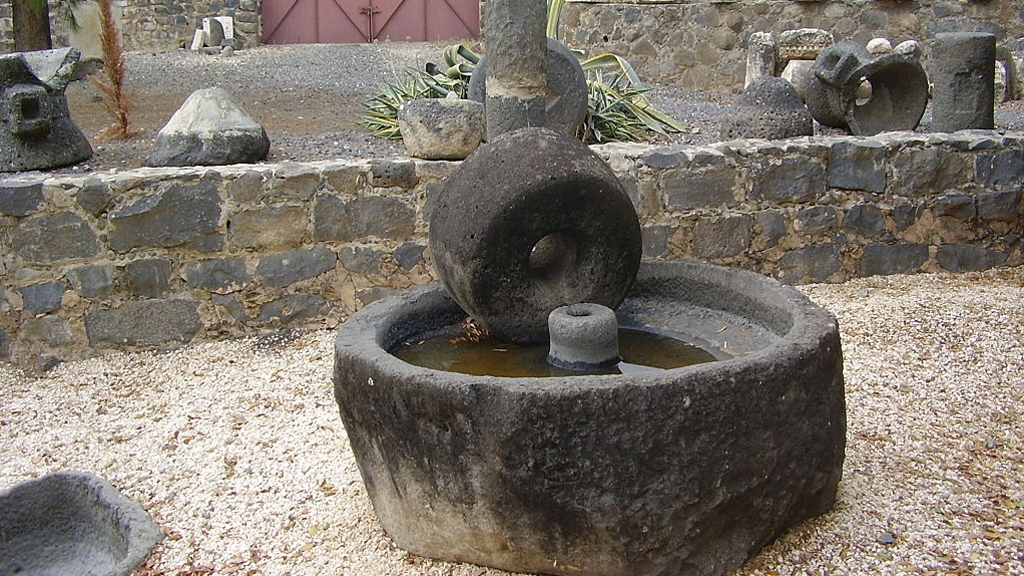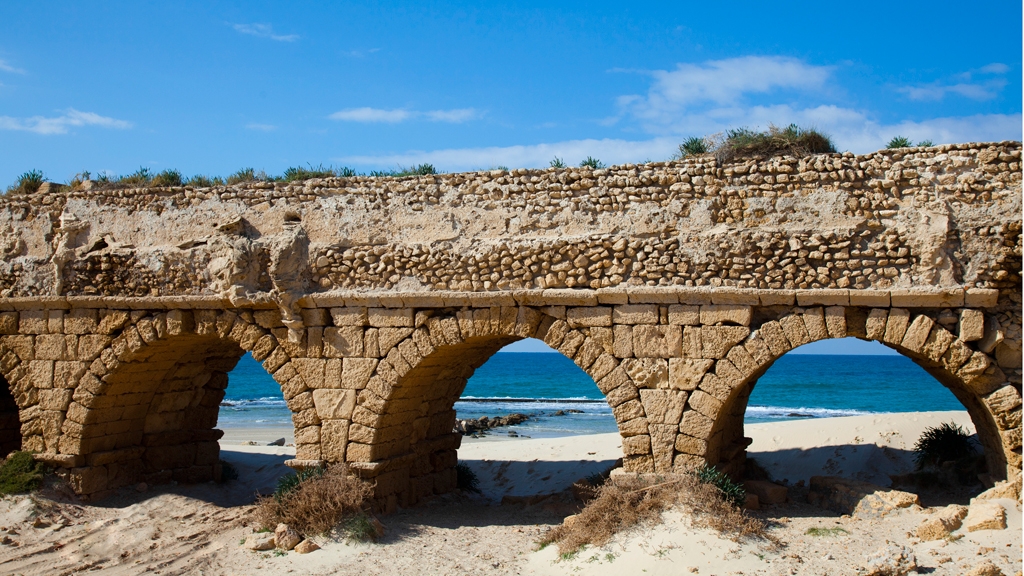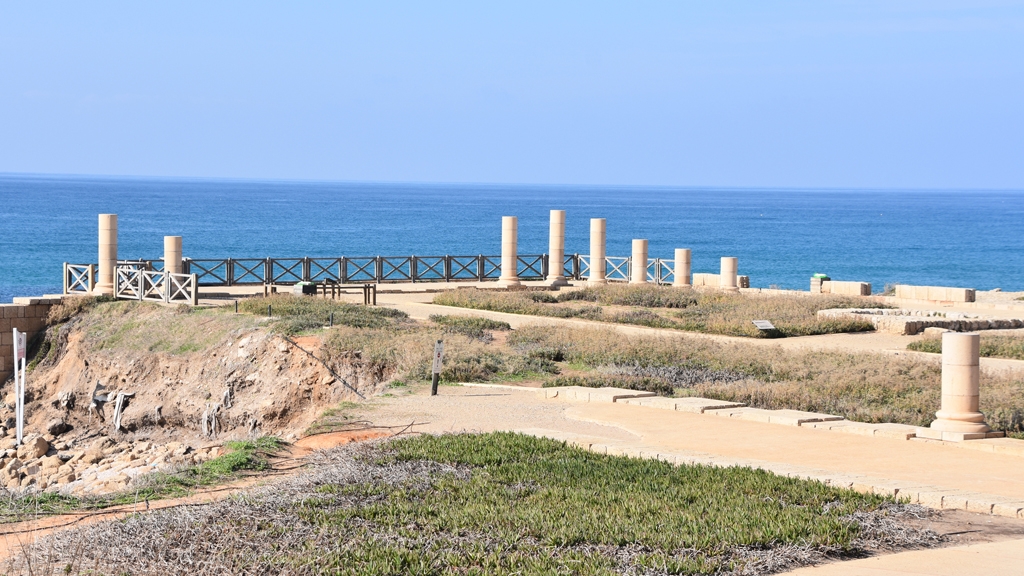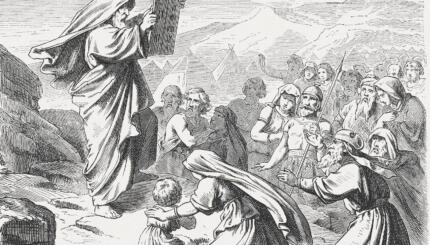This article explains what Judea looked like under Roman rule.
Government Restructured
Judea was ruled by a Roman procurator who managed its political, military, and fiscal affairs. Its governmental structure was reorganized by Gabinius, the Roman governor of Syria from 57 to 55 B.C.E., who divided the country into five synhedroi, or administrative districts. This arrangement was clearly intended to eliminate the age‑old system of toparchies (administrative districts made up of central towns and the rural areas surrounding them), dating from the reign of Solomon, and taken over in turn by the Assyrians, Babylonians, and Persians, and then by the Ptolemies and Seleucids.
The intent of this reorganization was to destabilize the nation and thus make certain that popular resistance would be impossible. Julius Caesar restored certain territories to Judea and appointed Hyrcanus II ethnarch (Greek for “ruler of the nation”). [Hyrcanus II was the son of Alexander Yannai, the Hasmonean King who ruled from 103-76 B.C.E.]
Hyrcanus was a weak figure who on his own could neither administer the affairs of Judea nor collect its taxes. For this reason, it became possible for the Idumaean Antipater, whose father had been forcibly converted to Judaism in the time of John Hyrcanus, to insinuate himself into the halls of power. [John Hyrcanus ruled the Hasmonean state from 134 B.C.E. through his death in 104 B.C.E. During his reign, the state vastly expanded, through conquest, to include Samaria, Transjordan and Idumea (northern Negev). When John Hyrcanus conquered Idumea, he converted the Idumeans to Judaism.]
With your help, My Jewish Learning can provide endless opportunities for learning, connection and discovery.
He soon took control of virtually all matters of state, thus exercising the authority that technically belonged to Hyrcanus as high priest, and combined with this the powers delegated to him by the Romans, who clearly saw him as their agent. Antipater’s decision to install his sons as governors, Herod over Galilee and Phasael over Jerusalem, sowed the seeds of the Herodian dynasty.

Herod’s Reign
Herod, then a man of 25, set about ridding the Galilee of what his official court historian, Nicolaus of Damascus, called “robbers” but who in reality may have been a kind of resistance movement against Roman rule. By 47 or 46 B.C.E., Herod’s summary methods of justice had led him into a confrontation with the Sanhedrin.
Only the intervention of his father, Antipater, prevented him from taking revenge for their having called him to account. Herod’s difficulties with his brethren had no impact on his relations with the Romans, who appointed him strategos (governor and general) of Coele‑Syria, a Greek designation for the area of Palestine and southwest Syria.
In 43 B.C.E. Antipater was poisoned, leaving the fate of Palestine open. Herod and Phasael managed to retain power, even after the accession of Antony as ruler over the entirety of Asia in 42 B.C.E. Despite the complaints of their countrymen, who dispatched embassies to Antony, Herod and Phasael each acquired the title of tetrarch.
The Parthian Invasion

Their fate, and that of Palestine as well, changed markedly with the Parthian invasion in 40 B.C.E. The Parthians allied themselves with Antigonus II (Mattathias) the Hasmonean, the youngest son of Aristobulus II (and nephew of Ilyrcanus II), who as the last of the Hasmonean princes had long been seeking to reassert Hasmonean rule over Judea. Unable to stem the invasion, Phasael and Hyrcanus II were lured into a Parthian trap. Hyrcanus was maimed in the ear in order to disqualify him from serving as high priest and Phasael took his own life. Only the wily Herod had foreseen the trap and escaped.
Now once again Judea had a Hasmonean king. Herod determined that in order to regain power he had no option but to seek Roman support. He set sail for Rome, where he persuaded the Senate to declare him king of Judea despite his lack of an army and of any real claim to the throne. He knew that the Roman desire to see the Parthians expelled from the province would lead the Senate to support his claims.
Herod Returns
In 39 B.C.E., he landed in Ptolemais (present day Akko) and quickly gathered some northerners around his banner, alongside the Roman troops ordered by the Senate to assist him. His first attack on Jerusalem was unsuccessful, with Antigonus still holding his own in the city. But the tide was turning against the Parthians, who had been expelled form most of Syria and were on the run in Palestine as well.
By 37 B.C.E. Herod had subdued virtually all of the country. By order of Antony, Sossius, the Roman governor of Syria, gave Herod aid which ultimately enabled him to take Jerusalem. Antigonus was captured by the Romans and was beheaded at the wish of Herod. Thus Hasmonean rule over an independent nation in the land of Israel was finally brought to an end.
Reprinted with permission from From Text to Tradition: A History of Second Temple and Rabbinic Judaism (Ktav).



